The device shipment consists in two boxes: one box for the twilite acquisition box and annexes and one box for the twilite measuring head and guide lines.
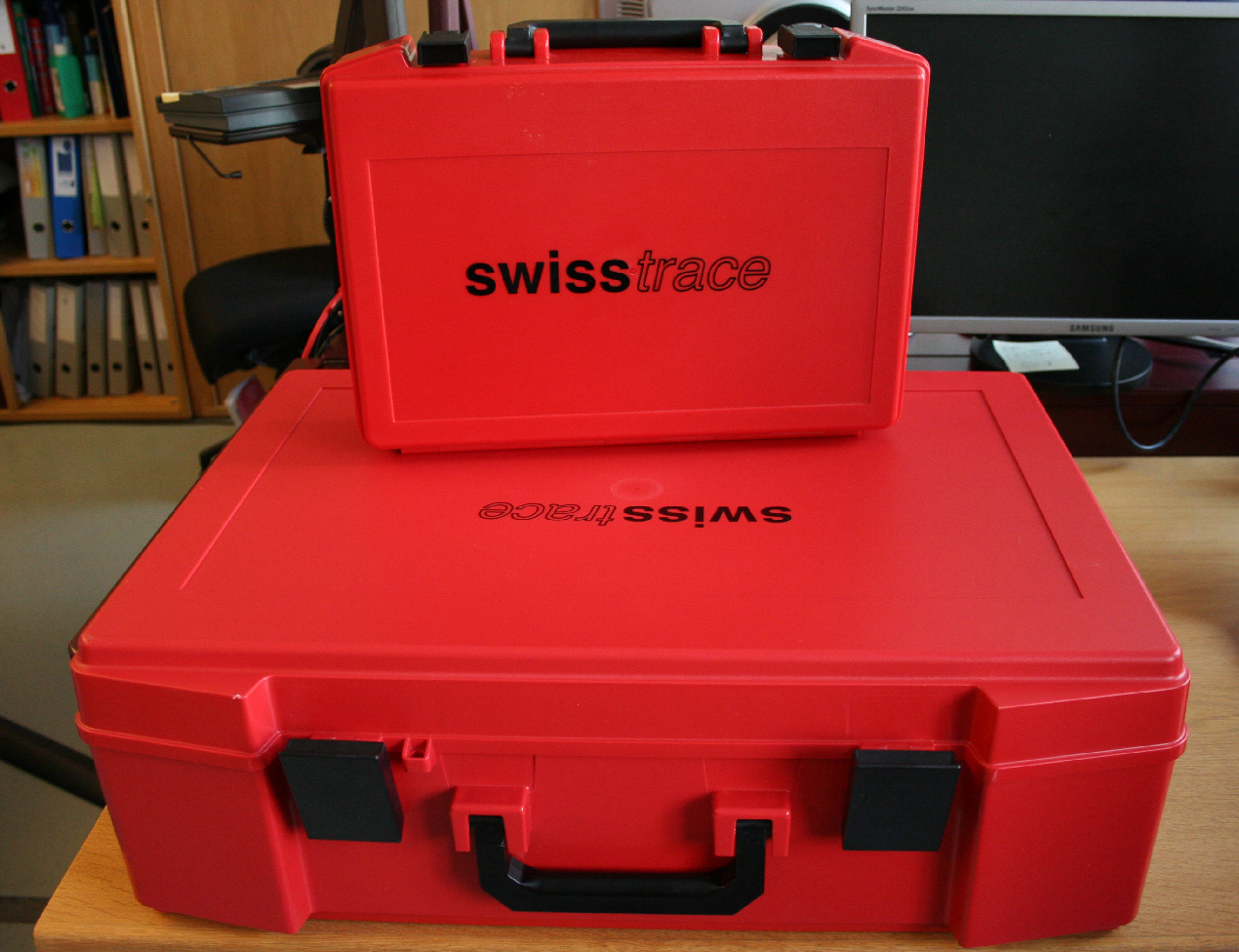
The Swiss Trace Sampler can be connected directly to a computer via a network cable, as shown below:

The twilite system is run as a stand-alone device. A touch-screen on the front panel serves as the user interface, and also displays the current status and measured values. The touch screen has four main dedicated buttons: Data, Info, On and Off. The last two ones describe the status of the device. The OFF term displayed on the touch screen interface is an indication that the device is not ready for the acquisition. In addition, the circle close to the OFF button is filled with red color.

The ON button allows the device activation. A dialog window opens and the Apply button needs to be activated in order to Apply the changes.

The device IP information and the current version of the hardware are shown when the Info button is selected.
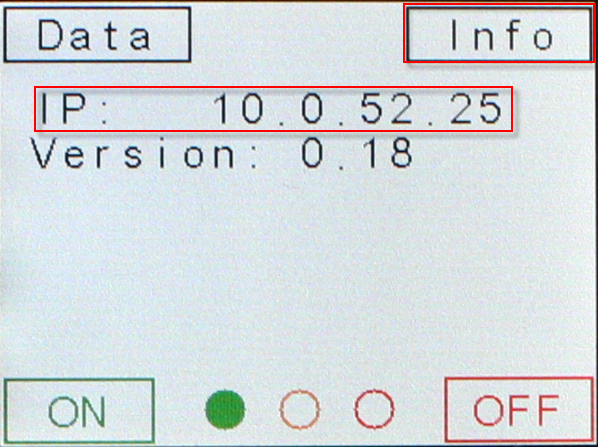
The on-line measured values are available activating the Data button when the Sampler is running.
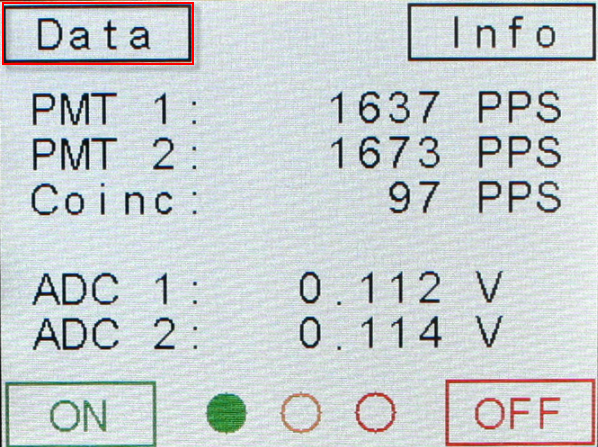

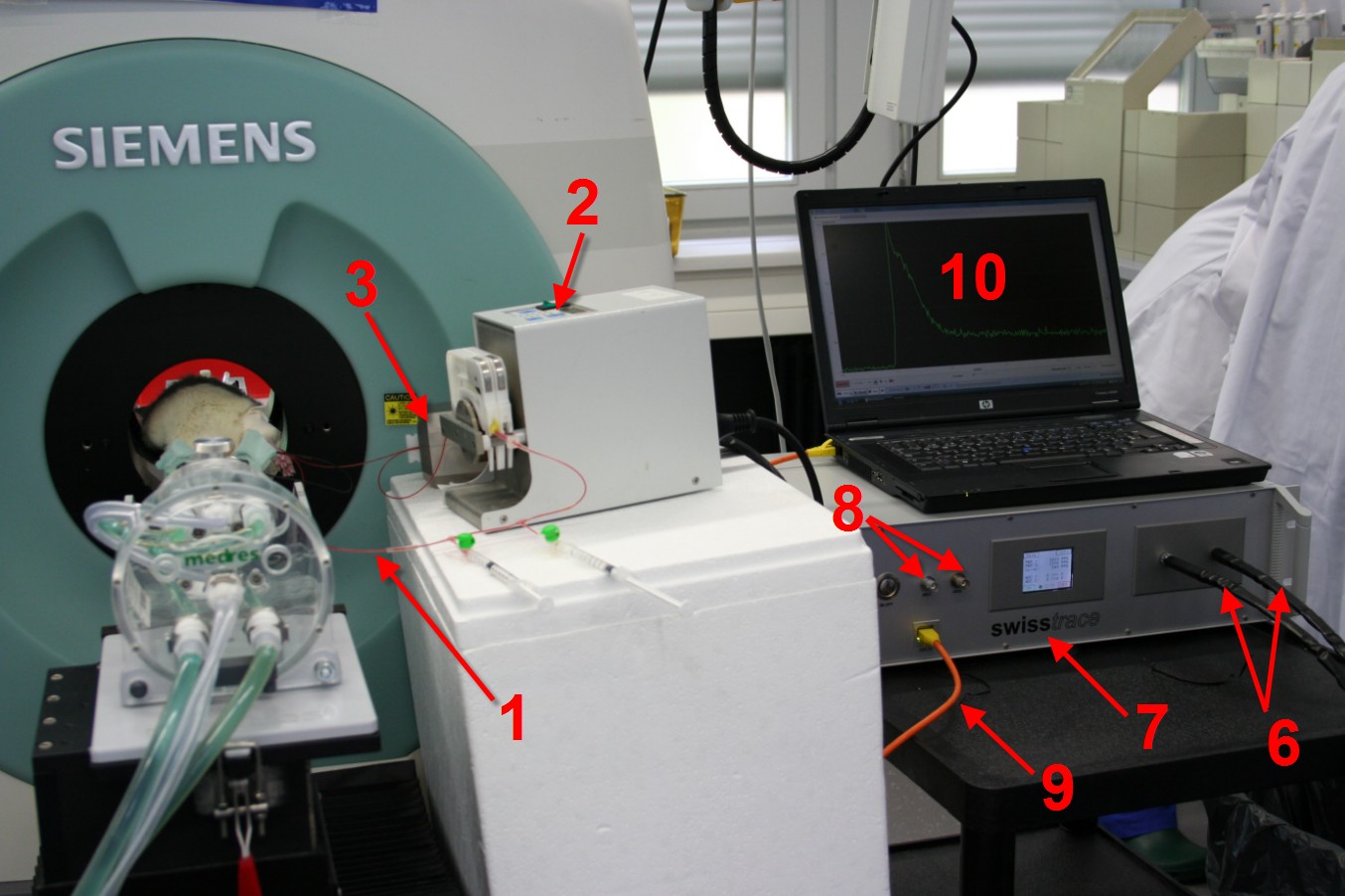
The main components of the device are illustrated in the Figure 1 above and are as follows:
The twilite consists of the components 3-10. The catheters for the shunt and the peristaltic pump are not delivered by Swisstrace.
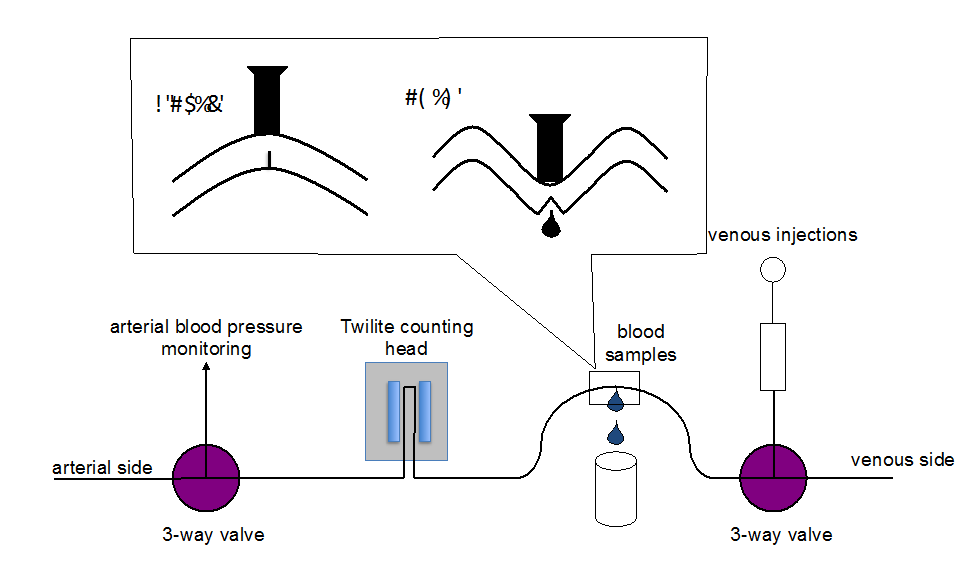
As described in Figure 2, the shunt can serve several functions, such as blood pressure monitoring, tracer injection and the collection of blood samples. For the collection of blood samples, a small cut is made using a scalpel. When bent upwards, the cut is closed. To collect blood samples, the shunt is pressed downward and the cut opens. This procedure allows collecting blood samples with practically zero dead volume.
The twilite measures the radioactivity in a catheter which runs between the LYSO crystals. In animals the best solution is to place a shunt between the femoral artery and the femoral vein. This allows to continuously measure the whole blood activity without any loss of blood. Such shunts can be placed in animals as small as a mouse. In humans, the withdrawn blood should not flow back into the body. One usually places a catheter into the radial artery, runs the catheter through the twilite measuring head and directs the blood into a waste container. In humans the blood flow in the catheter is always controlled by a suitable peristaltic pump. In animals it is advisable to also control the blood flow in the shunt with a peristaltic pump. However, it is also possible to let the shunt run freely driven only by the arterio-venous pressure difference.
The catheter diameter differs according to the size of the animals. Swisstrace delivers templates for each catheter size, so that each catheter has a well defined geometry in the twilite measuring head.
The characteristics of the shunt are well described in a previous paper [1] published by Weber and co-workers.